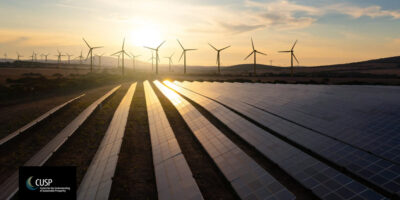Lessons From Government Venture Capital Funds to Enable the Transition to a Low-Carbon Economy: The UK Case
Journal Paper | IEEE Transactions on Engineering Management, Special Issue
Robyn Owen | July 2021

Early-stage small- and medium-sized enterprise (SME) cleantech innovation, if properly funded, can initiate disruptive low-carbon reduction impacts across a wide range of sectors to meet climate change net zero requirements.
The role of venture capital (VC) finance in successfully commercialising new technologies remains contentious, particularly where socio-environmental returns may well be greater than the economic returns that are the exclusive captures of the investors.
This article addresses a pertinent question facing government policymakers: how best to support VC to achieve climate change objectives? It focuses on the supply-side policy, design, and implementation of four UK government-backed venture capital funds (GVCFs) at various stages of their development.
A systems framework and an absorptive capacity learning lens inform a grounded qualitative methodology, spanning a decade of over 100 in-depth interviews with policymakers, fund managers (private and public), alternative finance providers, and low-carbon finance market experts.
A model is developed to assess GVCF learning evolution to address the nascent early-stage precommercialisation cleantech venture investment market. This avoids the pitfalls of quantitatively analysing the investment outcomes of these long-horizon investment funds prior to their completion by providing qualitative process findings that inform policy, practice, and theory in the evolving early-stage low-carbon GVCFs.
The article is available via the IEEE website. If you have difficulties accessing the paper, please get in touch: info@cusp.ac.uk.
Citation
Owen R 2021. Lessons From Government Venture Capital Funds to Enable Transition to a Low-Carbon Economy: The UK Case. IEEE Transactions on Engineering Management, Special Issue. DOI: 10.1109/TEM.2021.3094992.



